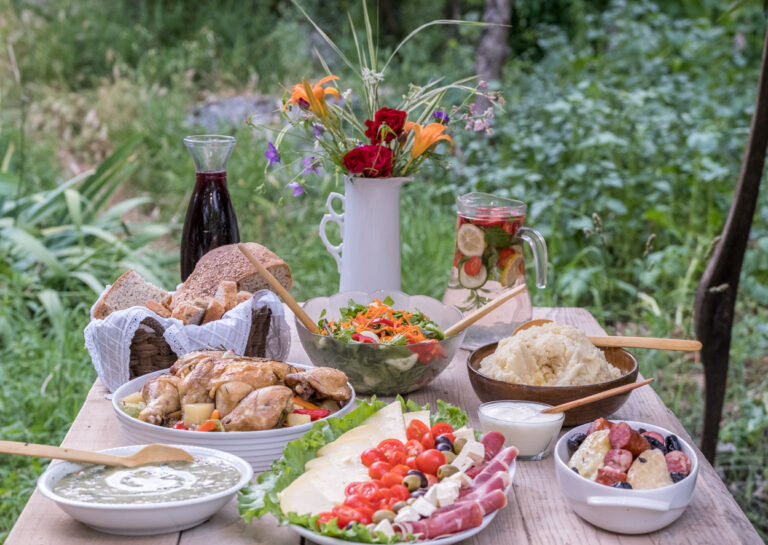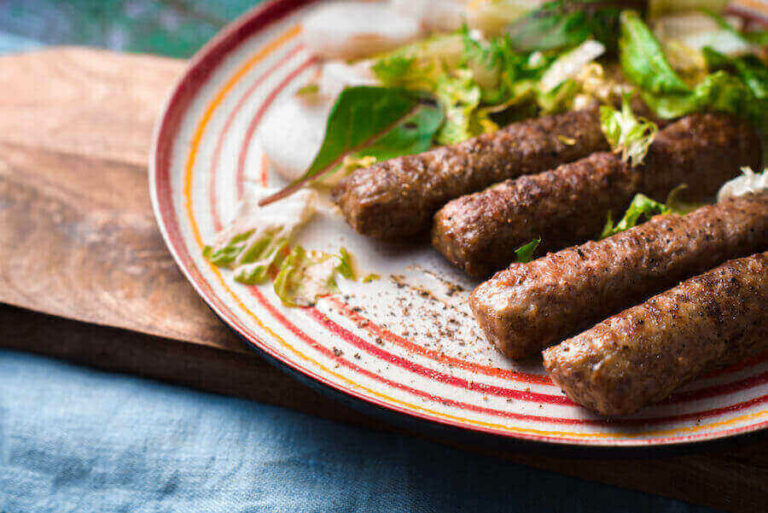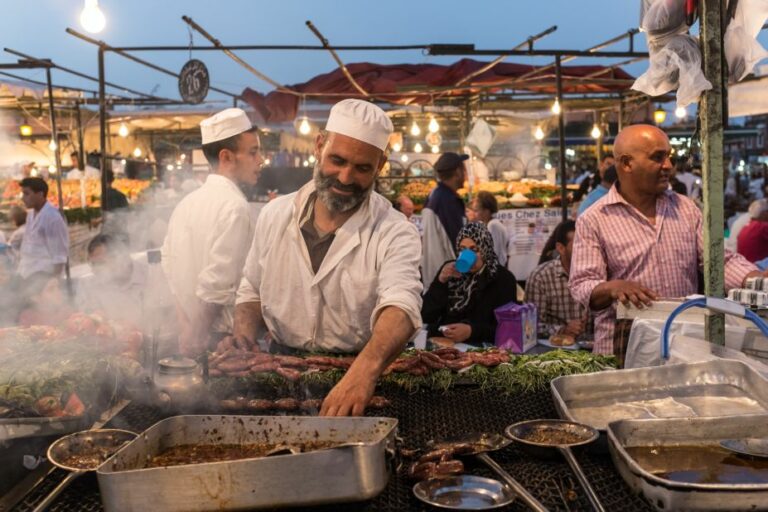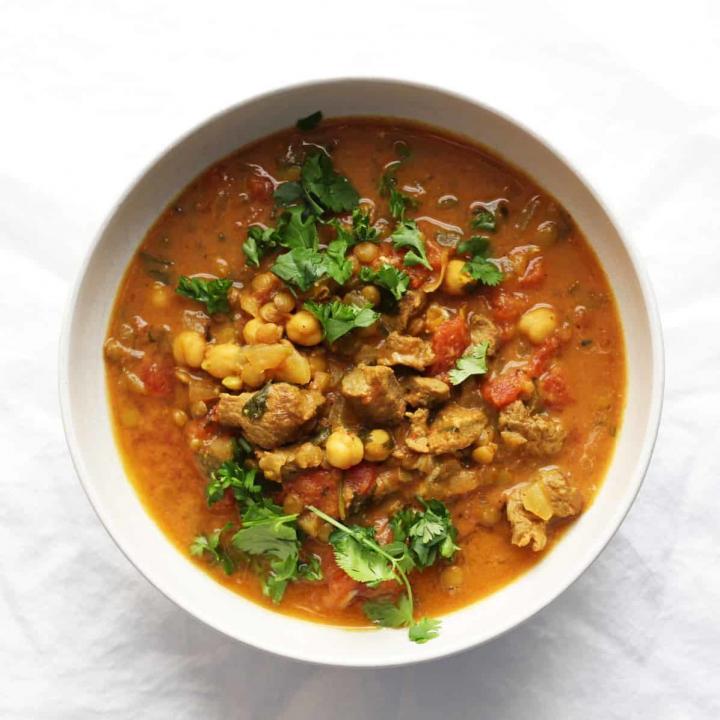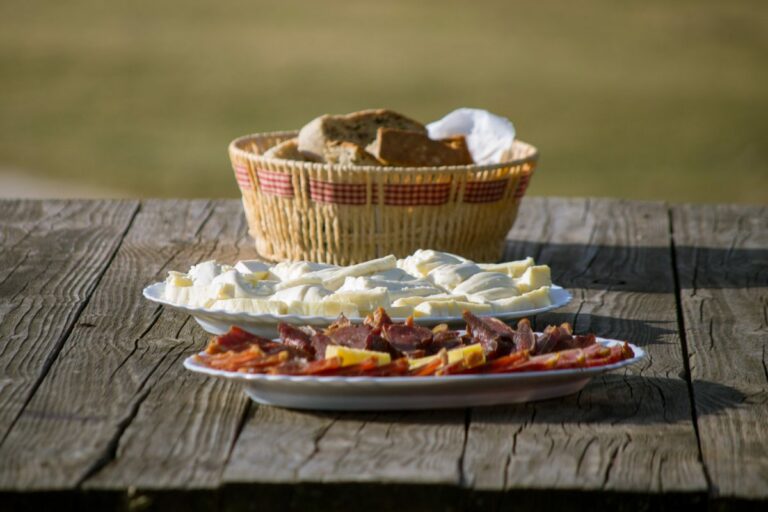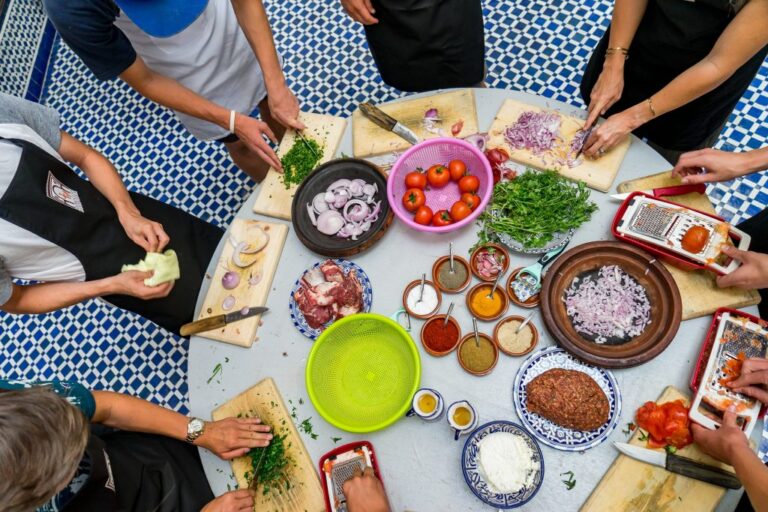Introduction: Understanding Montenegrin Cuisine
Montenegro, a small country in the Balkans, is home to a diverse cuisine that reflects its history and geography. Montenegrin cuisine is a mix of Mediterranean and Eastern European influences, with an emphasis on fresh, seasonal ingredients. The cuisine is known for its hearty meat dishes and seafood, as well as its use of herbs and spices.
Religious and Cultural Dietary Customs in Montenegro
Montenegro is a predominantly Orthodox Christian country, and as such, there are certain dietary customs and restrictions that are observed. During Lent, for example, many people fast from meat and dairy products. There are also certain traditional foods that are associated with religious holidays, such as Christmas and Easter.
In addition to religious customs, there are also cultural dietary customs that are observed in Montenegro. For example, it is considered impolite to refuse food or drink that is offered to you, and it is customary to share food with others. There is also a strong emphasis on hospitality, and guests are often served large portions of food.
Meat and Seafood: Staples of Montenegrin Cuisine
Meat and seafood are staples of Montenegrin cuisine, and there are a variety of dishes that feature these ingredients. Grilled meat, such as cevapi and pljeskavica, is popular, as is seafood, such as octopus and squid. One of the most famous Montenegrin dishes is Njeguski prsut, a type of smoked ham that is often served as an appetizer.
Montenegrin Vegetarian and Vegan Food Options
While Montenegrin cuisine is known for its meat and seafood dishes, there are also vegetarian and vegan food options available. Many traditional dishes, such as sarma, can be made with vegetables instead of meat. There are also a variety of salads and vegetable dishes available, such as the popular Montenegrin salad, which features tomatoes, cucumbers, onions, and feta cheese.
Traditional Montenegrin Dishes and Special Occasions
Montenegrin cuisine is rich in traditional dishes that are often served during special occasions. One such dish is cicvara, a type of polenta that is served with cheese and cream. Another famous dish is kastradina, a type of lamb stew that is often served during Christmas.
Dining Etiquette and Tips for Travelers in Montenegro
When dining in Montenegro, it is important to observe certain etiquette rules. It is customary to wait for the host or hostess to begin eating before starting your own meal. It is also considered polite to leave a small amount of food on your plate as a sign of respect to the host. When dining out, it is important to remember that tipping is not expected, but is appreciated. As a traveler, it is also a good idea to try local specialties and explore different regions of the country to experience the full range of Montenegrin cuisine.

